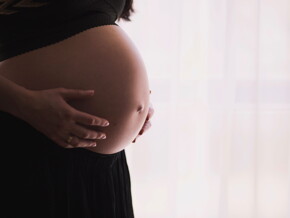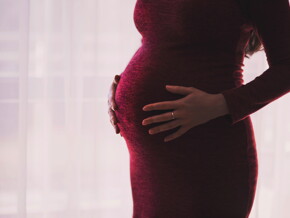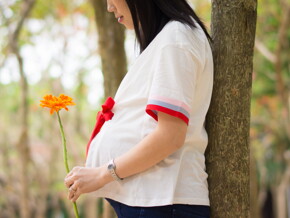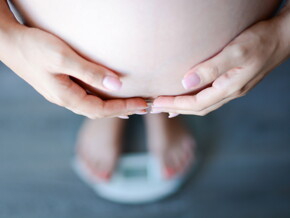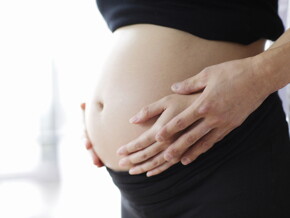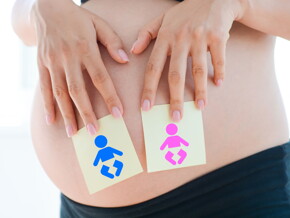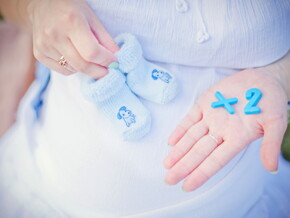
How to Claim Paternity Leave in the Philippines and Why It Matters
Dads, taking a leave helps moms get much-needed rest and gives you time to bond with your baby (and learn the art of swaddling)!
The first few weeks and months after your little one arrives will be a whirlwind of emotions and new experiences! That's precisely what paternity leave is for—to give you the time and space to support your partner and embrace your new role as a hands-on dad (congratulations, by the way!).
The best part? This precious bonding and family time is protected by law (your boss can't say no to it). Here's everything you need to know about paternity leave in the Philippines.
What Is Paternity Leave?
Paternity leave provides new fathers with paid time off to care for and bond with their newborns while their partners recover from childbirth. In the Philippines, paternity leave is legally mandated but with certain conditions.
Paternity Leave Act of 1996
Under the Republic Act 8187 or the Paternity Leave Act of 1996, working dads from the private and public sectors get seven days of paid leave. They are entitled to receive their full pay regardless of their employment status (e.g., probationary, regular, contractual, project basis).
However, RA 8187 only covers dads married to their child's mom. But there's a "parenting hack" for dads-to-be who are unmarried.
Expanded Maternity Leave Law
Enter Republic Act 11210 or the Expanded Maternity Leave Law. Yes, it covers 105 days of paid maternity leave, but moms can give a portion of it to dads.
So how does it work? When the mom applies for maternity benefits in the Social Security System (SSS), she can transfer up to seven days of maternity leave to the father of her child, whether they are married or not.
If you're married, that's up to 14 days of paternity leave, thanks to the provisions from the Maternity Leave Law. You and your wife or partner can check this guide on SSS maternity benefits to know how she can transfer the leave.
What to Expect From Paternity Leave in the Philippines

Besides the seven days off, the Paternity Leave Act includes important benefits and other eligibility rules.
1. Employers cannot deny paternity leave.
If you're eligible, your company must grant a paternity leave when you apply. Employers who refuse will face fines or even criminal charges. If you ever run into trouble, you can submit a "Request for Assistance" (RFA) through the Department of Labor and Employment (DOLE) online portal for complaints. You can also call the DOLE Hotline 1349.
2. You have flexibility when to take your leave.
You can use your paternity leave before, during, or after your wife gives birth. You can even split it up—for example, take a day in advance and use the rest afterward. Just make sure to use it within 60 days of delivery.
3. Paternity leave covers more than just childbirth.
It also applies in cases of miscarriage, pregnancy loss, and the adoption of a child under 7 years old.
4. There's a limit on how many times you can apply.
The law only allows dads to take paternity leave for up to four childbirths. If you welcome baby #5, check your company's policies or your partner's SSS maternity leave benefits for other leave options.
How to Apply for Paternity Leave
Application for your paternity leave goes through your company's HR department. So, the requirements and steps depend on your company's rules and regulations. Two essential things to keep in mind:
Notify your employer in advance.
Republic Act 8187 provides that fathers should file for paternity leave within 60 days after their child is born. But consider also your company's leave policies about when to file. The important thing is don't leave application at the last minute.
You can email your HR or supervisor the expected delivery date and your intention to take paternity leave.
Submit paternity leave requirements to HR.
Companies may ask employees to prepare and submit the following documents for paternity leave:
- Marriage certificate from the Philippine Statistics Authority (PSA) to prove legal marriage
- Medical documentation, such as prenatal records, medical certificates, or hospital discharge papers
- Your child's birth certificate issued by PSA or your local civil registrar (your company may also ask for a fetal death certificate for miscarriages)
- Accomplished paternity leave form from your company
Why Paternity Leave Matters

Your presence in those crucial first days of your baby's life makes a huge difference. It's not just about soothing a fussy newborn at 2 a.m. or being on diaper duty. Research backs up how crucial paternity leave is for the family. Here's what research reveals about the benefits of paternity leave.
1. Stronger babies
Research published in Milbank Quarterly shows that when dads take paid leave, they become more involved in caring for and engaging with their children. Infant vaccination rates also go up, and kids show better cognitive and social development later.
2. Healthier moms
The same study also shows that dads give moms vital emotional support when they can take leave after the baby is born. And, yes, other research has suggested it makes an impact on mom's mental health and helps lower the risk of postpartum complications.
3. Stronger couple relationship
Research from the Journal of Social Policy shows that when new dads take time off for two weeks or less, their relationships become stronger and more stable. A paternity leave report by McKinsey & Company shows the same thing. The management consulting firm says 90% of the men interviewed noticed an improvement in their relationship with their partner.
4. Balanced division of responsibilities
Paid leave policies help make caregiving a shared job instead of just being on moms' shoulders, according to research in the journal Community Work & Family. It helps break old-school gender roles and influence how parents split things up for childcare, housework, and jobs in the years after.
5. More engaged dads at work
McKinsey & Company says fathers who take paternity leave return to work more motivated, productive, and committed to their jobs. The time off has also helped some reflect on their priorities, rekindle their passion for their careers, and figure out how to balance family and home better.
Paternity Leave Is Time Well Spent
Paternity leave isn't a vacation. It's about showing up for your wife and your baby when it matters. It's about giving your family the care, support, and bonding you all deserve.
Fortunately, paternity leave in the Philippines is a right, not a privilege. So, if you're a dad-to-be, take that leave without guilt. Those early days with your newborn will go by in a blur of sleepless nights, baby snuggles, and milestone "firsts." And these moments are that are always worth taking time off from work.
Share your paternity leave experience and learn from other parents on ParenTeam's Facebook group!
References
Marian Baird and Elizabeth Hill, “Paternity Leave in the Philippines,” Investing in Women (The University of Sydney, April 2019), accessed March 24, 2025, https://investinginwomen.asia/wp-content/uploads/2019/05/FS_Paternity-Leave-Philippines.pdf.
Mayer, Kathryn. “How Paternity Leave Is Gaining Traction.” SHRM, June 13, 2024. https://www.shrm.org/mena/topics-tools/news/benefits-compensation/how-paternity-leave-is-gaining-traction.
Serena Canaan et al., “Maternity Leave and Paternity Leave: Evidence on the Economic Impact of Legislative Changes in High Income Countries,” IZA – Institute of Labor Economics (IZA – Institute of Labor Economics, March 2022), accessed March 24, 2025, https://docs.iza.org/dp15129.pdf.












